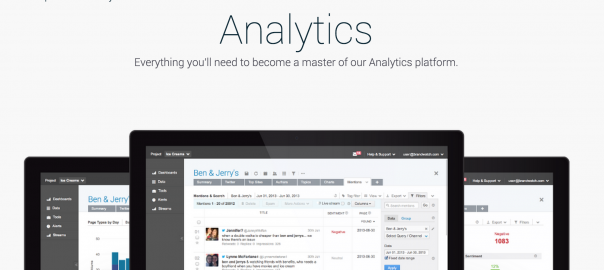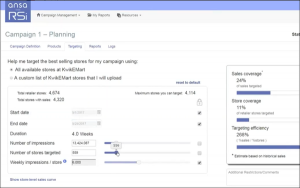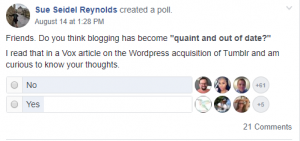
No one likes rules. Rules are there to be broken, ignored, moaned at.
But in Brandwatch Analytics, Rules are your best friend. They can take your social analysis to a much richer, deeper level. What’s more, they’re automatic once set up, so you get all that additional richness for a small amount of initial setup.
In case you’re not familiar with them, Rules tell the system to automatically take an action on the data as it comes in to the system, based on criteria set by you through a combination of search strings and filters.
For example, you can ask it to mark mentions containing specific words as belonging to a chosen category, or ask for all mentions by a specific author to be tagged.

If you’re not using Rules already, you’re missing out on a whole world of opportunity. Here are some great ways Rules can help you out to give you some inspiration, as well as how to set them up – what are you waiting for?
Here’s what we’re going to cover:
- Find those expressing purchase intent to better understand ROI
- Separate the personal opinions from the ‘noise’ of news and other mentions
- Customize sentiment classifications to your needs
- Understand the trends in customer service issues and complaints
Top Tip: You can also incorporate all of these Rules strings into your actual Queries if you want to only capture these types of conversation and nothing else, rather than categorizing a subset of a wider data set.
Find those expressing purchase intent to better understand ROI
Proving the ROI of social is an ongoing theme in the social media industry, but smart social media analysis can help you get there. Using Rules, you can automatically identify the mentions that show true purchase intent – when someone is expressing their intention to buy your product or service.
Then, using categories, you can start to understand the impact of your activities – did the percentage of purchase intent mentions go up when you ran your recent social campaign? Do people in particular countries express intent more often than in other countries – is your social more successful there? How does your percentage of purchase intent compare to your competitors – are you doing a better job of turning people from ‘talking about’ to ‘buying’ than others?
To set up a purchase intent Rule to categorize mentions within your brand Query, use a search string using words that someone would use when talking about their intention to buy something. The exact words will depend on your industry (i.e., in our industry words like ‘test’, ‘trial’ and ‘demo’ are common, whereas in retail it’s more likely to be ‘buy’, ‘get’ or ‘order’, for example).
Here’s an example – this string could be used in a Rule to automatically categorize mentions picked up by a Query about a fast food brand that show those intending to buy their food:
((I OR Im OR really) NEAR/1f ((want OR wanna OR need OR looking OR “interested in” OR tempt* OR “thinking about” OR “thinking of” OR considering OR “feel like” OR “feeling like” OR gonna OR “going to”) NEAR/2f (buy OR purchas* OR get OR order* OR eat* OR have OR having OR grab*)))
Separate the personal opinions from the ‘noise’ of news and other mentions
We have broad coverage across a wide range of sites, with news and blogs as well as social networks and forums.
That’s great if you want to know when your brand is mentioned anywhere on the web. However, sometimes you might just want to read and analyze the personal opinions of the public specifically, and filter out the PR and news mentions (particularly if you’re a very large brand).
Here’s where the personal pronouns and emoticons Rule comes into play!
By setting up this Rule, you can automatically categorize any mentions where it is likely someone is expressing a personal opinion, rather than tweeting a news article or mentioning the brand in a news piece (a journalist for the New York Times recently wrote this great Medium post about using similar search terms on Twitter to find witnesses for stories).
An example of a search string you can use for this:
(I OR Im OR Ive OR me OR my OR mine OR myself OR ya*y OR oo*ps OR yess* OR m8 OR eh OR ehh* OR xo OR xoxo OR fanx OR “thank u” OR bye OR byee* OR byebye OR aha* OR haha* OR fuu* OR rly OR plz OR LOL OR LOLZ OR LMAO OR LMFAO OR LOFL OR ROFL OR YOLO OR FFS OR FML OR FTW OR STFU OR WTF OR WTH OR OMG OR OMFG OR TGIF OR TFIF OR YMMD OR BTW OR raw:(“
(224)
Report Post






